As a guinea pig owner, you want to ensure that your little furry friend is happy and healthy. Providing a balanced and nutritious diet is essential to their overall well-being. But can guinea pigs eat lettuce leaves? Is it safe for them?
In this comprehensive safety guide, we will explore the topic of feeding lettuce leaves to guinea pigs. We will discuss the nutritional value of lettuce leaves for guinea pigs, safe types of lettuce, preparation methods, frequency and portion size, and much more. By following the advice provided, you can rest assured that your guinea pig will enjoy lettuce leaves as a healthy and safe addition to their diet.
Key Takeaways:
- Providing a balanced and nutritious diet is crucial to your guinea pig’s overall health.
- Not all lettuce varieties are safe for guinea pigs to consume.
- Preparing lettuce leaves properly is essential to ensure your guinea pig’s safety and enjoyment.
- Introducing new foods gradually is key to avoiding negative reactions.
- Consult with a veterinarian for personalized advice on your guinea pig’s specific dietary needs.
Understanding the Guinea Pig’s Diet
A healthy and balanced diet is crucial for the overall health and well-being of your guinea pig. Guinea pigs are herbivores, which means that their diet should consist of primarily fresh vegetables and hay.
Hay should make up the bulk of your guinea pig’s diet, as it is a vital source of fiber and nutrients. Fresh hay should be available for your guinea pig at all times, as it helps support their digestion and keeps their teeth in good condition.
Vegetables are also an essential part of your guinea pig’s diet. They provide additional nutrients, such as vitamin C, which is necessary for their overall health. Some vegetables that are safe for guinea pigs to consume include kale, spinach, bell peppers, and carrots.
It is crucial to avoid giving your guinea pig foods that are high in sugar or fat, as these can lead to obesity and other health problems. Additionally, guinea pigs should not be fed any foods that are toxic to them, such as chocolate or avocado.
Overall, providing your guinea pig with a varied and balanced diet is key to their health and happiness. In the following sections, we’ll delve deeper into the nutritional value of lettuce leaves, how to safely introduce them into your guinea pig’s diet, and other greens to supplement their diet.
Nutritional Value of Lettuce Leaves for Guinea Pigs
Lettuce leaves are a popular choice among guinea pig owners due to their availability and affordability. While lettuce leaves are a treat for your furry friends, it’s important to know their nutritional value to ensure a balanced and healthy diet for your guinea pigs.
The nutritional value of lettuce leaves may vary depending on the type of lettuce, but they generally contain several essential vitamins and minerals that contribute to your guinea pig’s health. Lettuce leaves are rich in Vitamin A, which supports healthy vision and immune system function. They also contain Vitamin C, an essential nutrient for guinea pigs as they cannot synthesize this vitamin on their own. Additionally, lettuce leaves are a good source of Vitamin K, which assists with blood clotting and bone health.
While lettuce leaves can provide a nutritional boost to your guinea pig’s diet, they should not comprise the main part of their food. To ensure a balanced diet, it’s important to include a variety of other fruits and vegetables.
Safe Types of Lettuce for Guinea Pigs
Not all types of lettuce are safe for your furry companion, as some varieties can cause digestive issues and even be toxic to guinea pigs. It is essential to only feed them safe types of lettuce leaves. Below are the lettuce types that are considered safe for your furry friends:
- Romaine lettuce: This is the best type of lettuce for guinea pigs as it is high in fiber, vitamins A and C, and calcium. However, feed this lettuce in moderation, as overfeeding could lead to diarrhea.
- Bibb lettuce: This lettuce contains sufficient amounts of vitamin C and folate that are important for guinea pigs. However, offer this lettuce occasionally, as it is low in fiber and could cause digestive issues when overfed.
- Green leaf lettuce: Guinea pigs enjoy green leaf lettuce, which is rich in vitamins and minerals that benefit their overall health. However, like other lettuce types, ensure you feed this lettuce in moderation, as overfeeding could lead to diarrhea and other digestive issues.
Avoid feeding your guinea pig the following lettuce types as they can cause health implications:
- Iceberg lettuce: Iceberg lettuce is high in water and low in nutrients, which could result in diarrhea, indigestion, and other digestive issues. Avoid feeding your guinea pig this lettuce type.
- Butterhead lettuce: Butterhead lettuce is high in calcium and low in phosphorus, which can lead to bladder stones and urinary tract infections in guinea pigs when over-fed. Avoid offering this lettuce type to your furry companion.
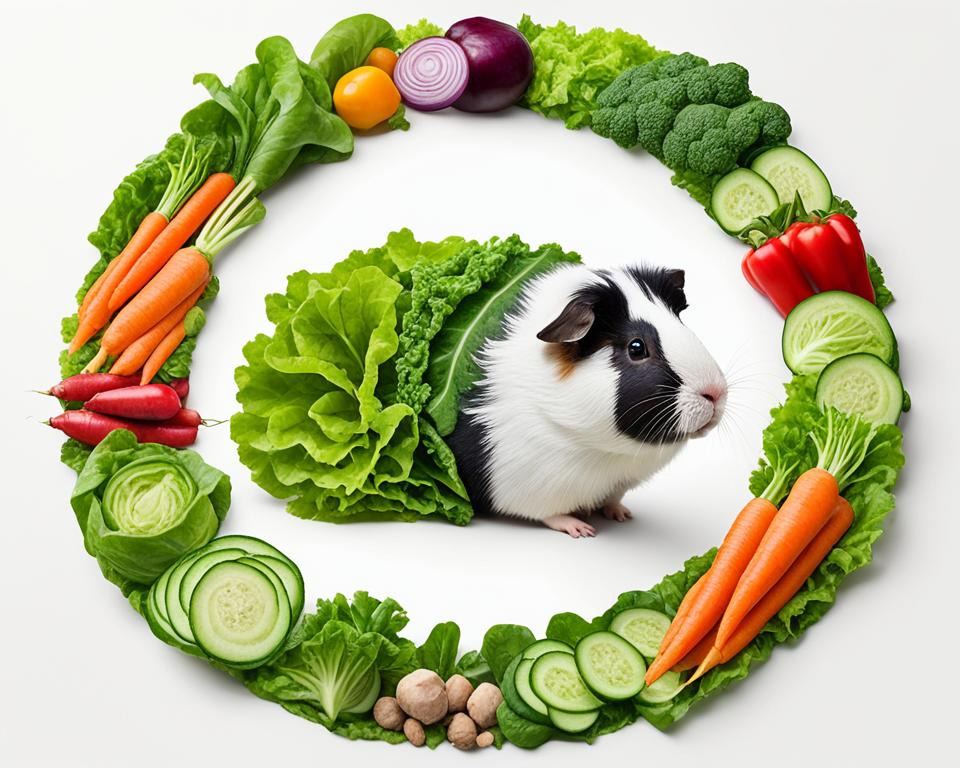
Feeding your guinea pig safe types of lettuce is crucial to their overall health. Ensure you always seek advice from a veterinarian if you notice any abnormalities in your guinea pig’s behavior or health.
Preparing Lettuce Leaves for Your Guinea Pig
Guinea pigs require clean and properly prepared food to remain healthy and enjoy their meals. Preparing lettuce leaves for your furry friend is no different.
First, rinse the lettuce leaves thoroughly with cool water to remove any dirt or debris. Then, pat them dry with a paper towel. Avoid using soaps or cleaning agents as they may be harmful to your guinea pig’s health.
Next, cut the lettuce leaves into small, bite-sized pieces to make them easier for your guinea pig to eat. Avoid any tough stems or veins as they may cause discomfort or even choking.
Remember to introduce lettuce leaves into your guinea pig’s diet slowly and monitor their reaction to ensure they tolerate it well.
Introducing Lettuce Leaves to Your Guinea Pig’s Diet
Introducing new foods gradually is crucial for guinea pigs, as they have sensitive digestive systems. Before introducing lettuce leaves to your guinea pig’s diet, make sure they have a healthy appetite and no signs of illness.
Step 1: Start with a tiny portion of lettuce leaves, about the size of a fingernail, and offer it to your guinea pig. Observe their reaction for 24 hours.
Step 2: If your guinea pig shows no negative reactions, you can increase the portion to a thumbnail size for the next feeding. Again, watch for any adverse effects for 24 hours.
Step 3: Continue increasing the portion size gradually and monitor your guinea pig’s response each time. Once your guinea pig can tolerate a small handful of lettuce leaves without showing any adverse effects, you can add it to their regular diet.
It’s important to note that lettuce leaves should still be given in moderation and not become the main part of your guinea pig’s diet. Always provide a variety of other greens and vegetables to ensure a balanced and nutritious diet.
Monitoring Your Guinea Pig’s Reaction to Lettuce Leaves
While lettuce leaves are generally safe for guinea pigs, it is essential to monitor your pet for any possible negative reactions. This is particularly important if it is their first time consuming lettuce leaves.
Signs of a negative reaction may include diarrhea, vomiting, and a loss of appetite. If you notice any of these symptoms, it is best to discontinue feeding your guinea pig lettuce leaves and consult with your veterinarian.
Tip: It is a good idea to introduce lettuce leaves slowly into your guinea pig’s diet to observe their reaction. Start with a small amount and gradually increase it over time.
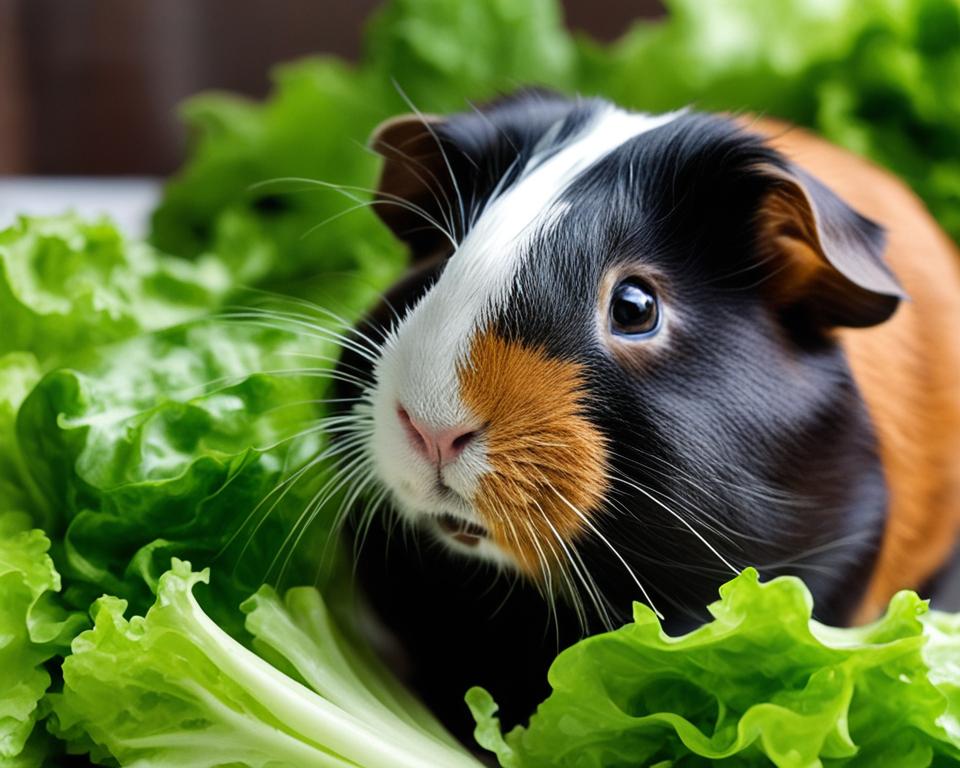
Remember, each guinea pig’s response to new foods may differ, and it is crucial to monitor them closely. By doing so, you can ensure that your furry friend stays healthy and happy.
Frequency and Portion Size of Lettuce Leaves
When it comes to feeding your guinea pig lettuce leaves, moderation is key. While it’s safe for them to consume, it should be an occasional treat rather than a staple in their diet. Lettuce leaves are low in calories, so too much can result in weight gain and digestive issues.
It’s recommended that you offer lettuce leaves to your guinea pig no more than 2-3 times per week and in small portions. A good rule of thumb is no more than one or two small leaves per serving, depending on the size of your guinea pig.
Keep an eye on your guinea pig’s behavior after introducing lettuce leaves into their diet. If there are any signs of discomfort or digestive issues, reduce the portion size or frequency of lettuce leaves offered.
Other Greens to Supplement Your Guinea Pig’s Diet
While lettuce leaves can be a part of your guinea pig’s diet, it’s important to rotate with other types of greens to provide a diverse range of nutrients. Adding other greens to your guinea pig’s diet can prevent boredom and ensure that they receive a balanced diet.
Here are some suitable options to add to your guinea pig’s diet:
- Kale – rich in vitamins A, C, and K.
- Spinach – a good source of iron and other minerals, but should be limited due to its high oxalate content.
- Arugula – high in vitamin C, potassium, and calcium.
- Endive – low in oxalates and high in fiber.
It’s important to note that greens with high levels of oxalates such as parsley and spinach should be fed in moderation. Also, avoid feeding your guinea pig vegetables with high levels of calcium, such as parsley and dandelion greens, as it may lead to bladder stones.
Remember, a varied diet that includes an assortment of greens, hay, and pellets is crucial to maintain your guinea pig’s overall health and well-being.
Conclusion
In conclusion, it is safe for guinea pigs to eat lettuce leaves, but it should be given in moderation. They should never be given as a staple food but rather as a supplement to their main diet. It is crucial to choose the right type of lettuce and prepare it properly before giving it to your guinea pig.
It is also essential to monitor their reaction to lettuce leaves and any other new food introduced. Always remember to consult with a veterinarian for personalized advice for your guinea pig’s specific needs.
Remember to include a variety of other greens to provide your furry friend with a well-rounded diet. By following the guidelines presented in this safety guide, you can ensure that your guinea pig enjoys a healthy and safe diet.
FAQ
Can guinea pigs eat lettuce leaves?
Yes, guinea pigs can eat lettuce leaves. However, there are certain precautions you should take to ensure their safety and nutritional needs are met.
What is the nutritional value of lettuce leaves for guinea pigs?
Lettuce leaves are low in calories and rich in water content, making them a hydrating snack for guinea pigs. They also contain some essential vitamins and minerals, although their overall nutritional value is relatively low compared to other greens.
What types of lettuce are safe for guinea pigs to eat?
Romaine lettuce and red or green leaf lettuce are generally considered safe for guinea pigs to consume. Iceberg lettuce, however, should be avoided due to its high water content and lack of nutritional value.
How should I prepare lettuce leaves for my guinea pig?
Before feeding lettuce leaves to your guinea pig, make sure to thoroughly wash them to remove any pesticides or dirt. Cut the leaves into small, bite-sized pieces to prevent choking.
How can I introduce lettuce leaves to my guinea pig’s diet?
It’s important to introduce new foods gradually to guinea pigs to avoid digestive issues. Start by offering small amounts of lettuce leaves and monitor their reaction. If there are no adverse effects, you can gradually increase the portion size.
What should I look out for when monitoring my guinea pig’s reaction to lettuce leaves?
Some guinea pigs may have a sensitive digestive system and may experience diarrhea or an upset stomach if they eat too much lettuce. Watch for any signs of discomfort or changes in their stool consistency, and consult a veterinarian if you have concerns.
How often and how much lettuce leaves should I feed my guinea pig?
Lettuce leaves should be given as a treat and not as the main component of your guinea pig’s diet. Offer lettuce leaves 2-3 times per week, in small portions that do not exceed 1-2 leaves per serving.
Are there other greens I should include in my guinea pig’s diet?
Yes, it is important to provide your guinea pig with a diverse range of greens to ensure a balanced diet. Some suitable options include kale, spinach, cilantro, and parsley.

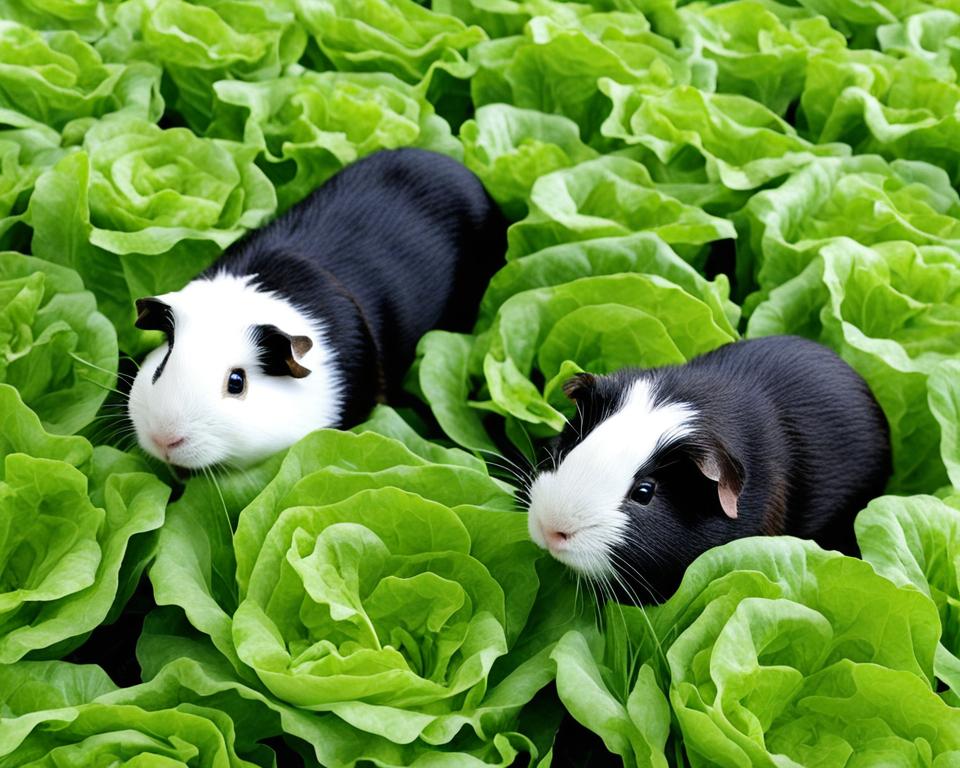
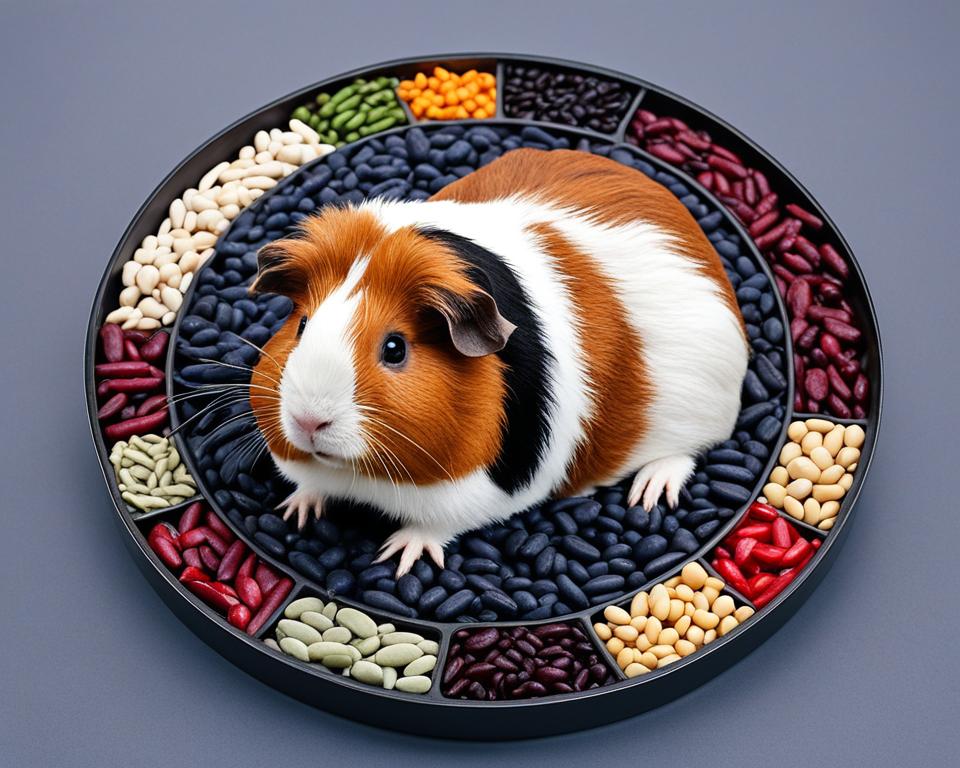
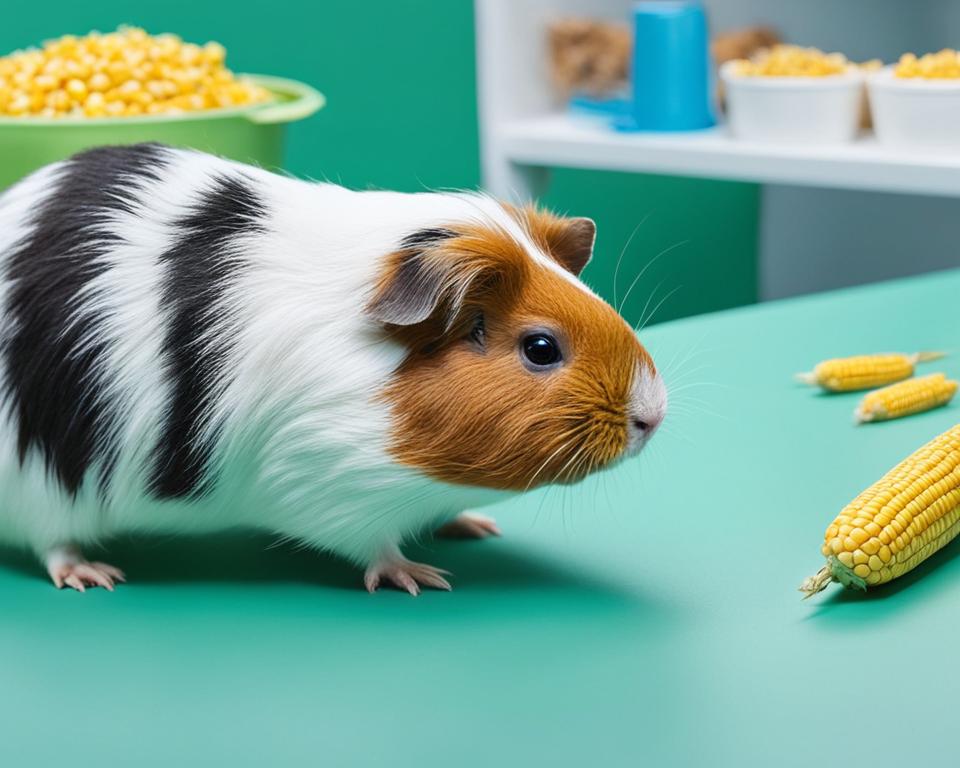
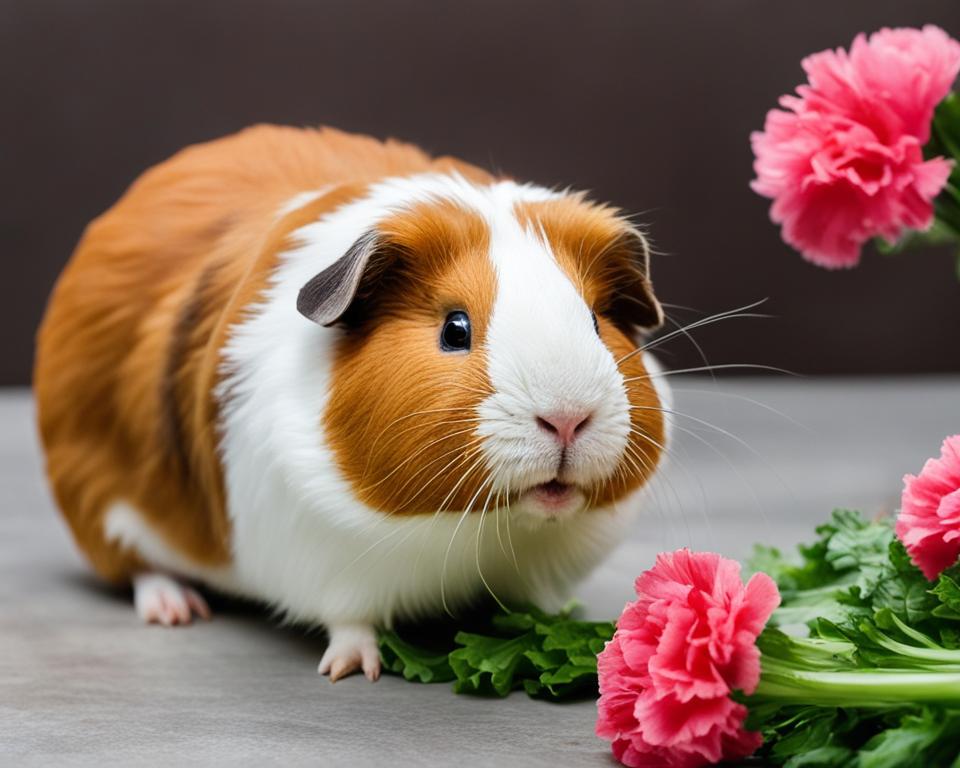
Leave a Reply